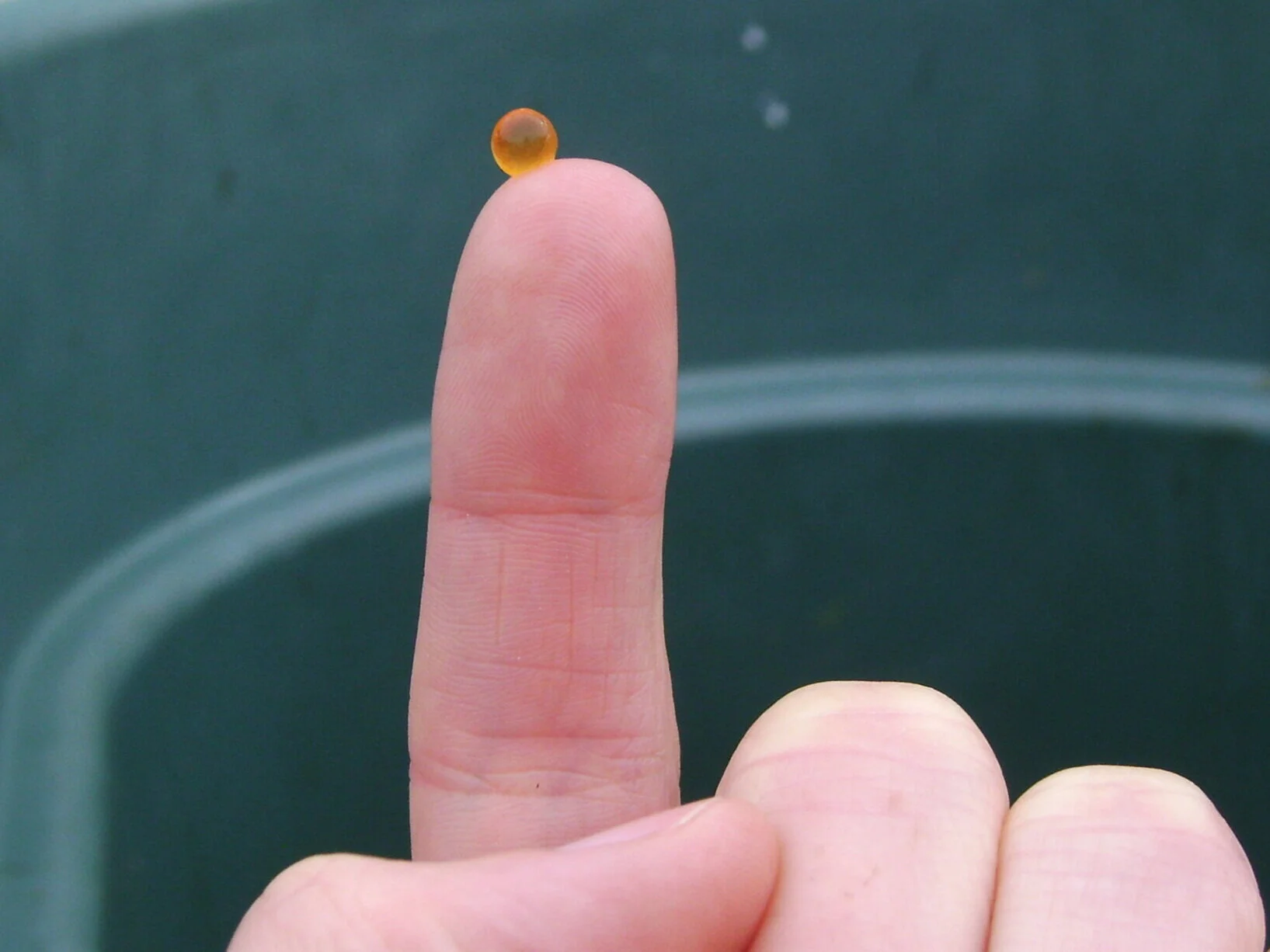Faster, cheaper way to detect triploids

Faster, cheaper way to detect triploids
Differentiating diploid and triploid individuals using single nucleotide polymorphisms genotyped by amplicon sequencing
Thomas A. Delomas
Abstract
Triploidy can occur naturally or be induced in fish and shellfish during artificial propagation in order to produce sterile individuals. Fisheries managers often stock these sterile triploids as a means of improving angling opportunities without risking unwanted reproduction of the stocked fish. Additionally, the rearing of all‐triploid individuals has been suggested as a means to reduce the possibility of escaped aquaculture fish interbreeding with wild populations. Efficient means of determining if an individual is triploid or diploid are therefore needed both to monitor the efficacy of triploidy‐inducing treatments and, when sampling fish from a body of water that has a mixture of diploids and triploids, to determine the ploidy of a fish prior to further analyses. Currently, ploidy is regularly measured through flow cytometry, but this technique typically utilizes a fresh blood sample. This study presents an alternative, cost‐effective method of determining ploidy by analysing amplicon‐sequencing data for biallelic single‐nucleotide polymorphisms (SNPs). For each sample, heterozygous genotypes are identified and the likelihoods of diploidy and triploidy are calculated based on the read counts for each allele. The accuracy of this method is demonstrated using triploid and diploid brook trout (Salvelinus fontinalis) genotyped with a panel of 234 SNPs and Chinook salmon (Oncorhynchus tshawytscha) genotyped with a panel of 298 SNPs following the GT‐seq methodology of amplicon sequencing.